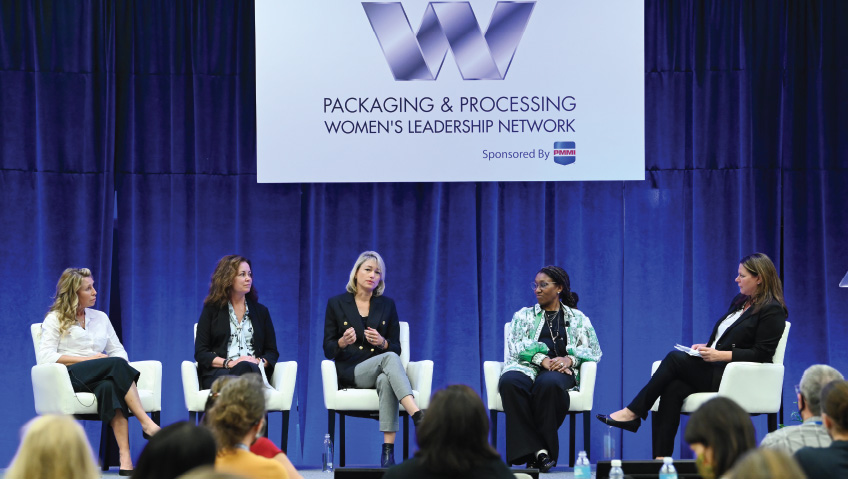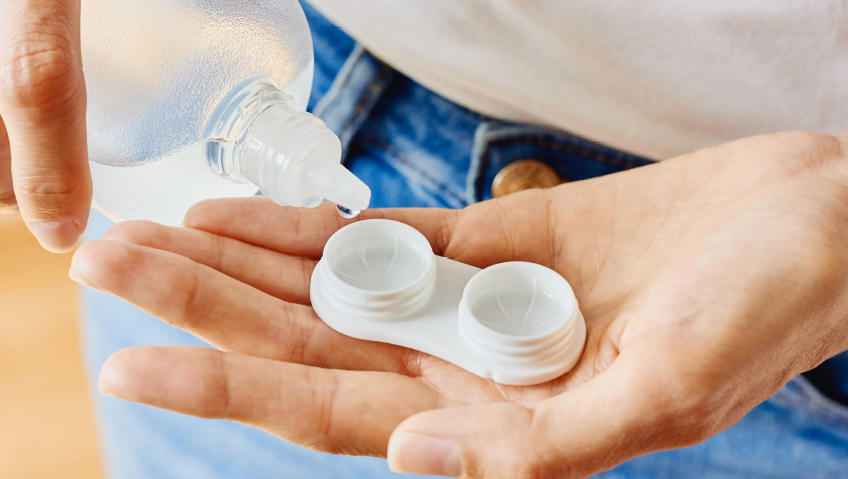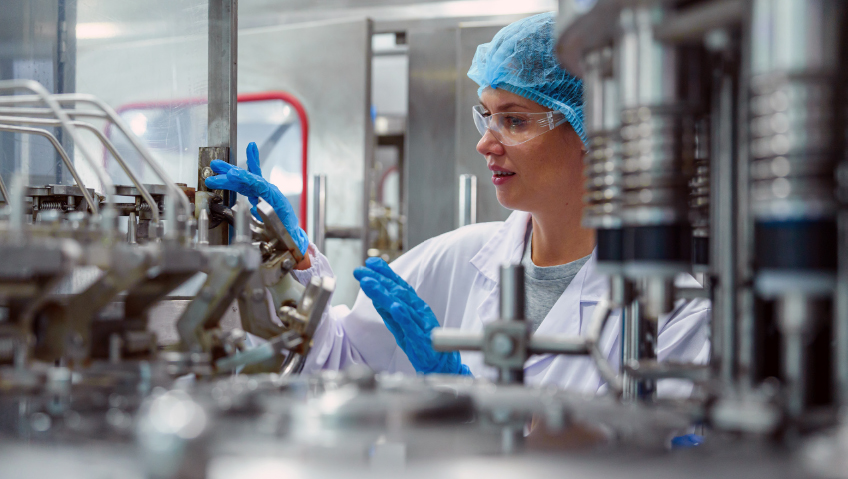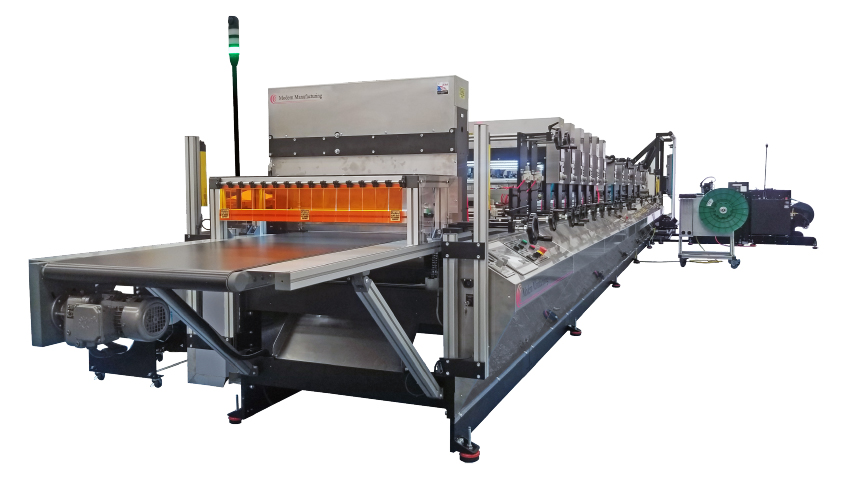In a global market where sustainability increasingly drives everything from consumption to manufacturing, creating sustainable packaging while keeping stakeholders connected is often a more complex matter than one might imagine. James Pittas, President and Chief Executive Officer of The Association for Packaging and Processing Technologies (PMMI), shares some thoughts on the realities that underscore innovative packaging—specifically plastic, its lifecycle, and what it takes to keep stakeholders across the U.S., Canada, and Mexico engaged.
Flexible plastic packaging appears to be a growing go-to, with a continued annual growth rate of a robust four to six percent, and estimates hint that flexible plastic pouches will begin to match the use of metal beverage cans by 2025. Containers can be made of materials as surprising as sugar and other biodegradable substances, but Pittas points out that the challenge is rarely the recyclability of packaging materials; rather it is the issue of incorrect disposal or a lack of access. According to a 2020 report by The Recycling Partnership (TCP), less than two percent of Americans have direct curbside recycling options.
Current recycling infrastructure may also not be able to handle certain types of packaging. One example is plastic shopping bags that typically damage the internal mechanisms of many recycling machines.
“Sustainability in packaging is very broad. I find that sometimes, within our industry, we get so caught up in one track, we’re not thinking of it holistically. In my opinion, it is an economy that needs to be created. It is concerning and is something we have to talk about,” Pittas says.
Part of this economy, he envisions, is to continue the move toward taxing the use of plastic bags and returning deposits on plastic bottles that may otherwise have remained litter on curbsides or in landfills. By directly attaching some means of material worth to recyclable packaging, a potentially valuable resource—that would otherwise be considered worthless enough to discard—can be returned to the recycling loop.
PMMI’s main point to consider when looking at the sustainability of plastic and other packaging materials is not the material itself, but rather how waste is collected and returned to the fabrication and repurposing loop. This brings us back to the consumer of packaging materials. As consumers, our voices matter.
By spending a fraction more on packaging from recycled material, we drive demand for it. In this way, recycled materials stand to outperform virgin materials in the packaging arena. According to Pittas, there is a single caveat, however. The process can only gather momentum with the support of consumers willing to pick up the check for at least some of the cost escalation. “If we can get that [to happen] in a circle, I think things can take off,” he says.
The next prerequisite before the industry can get truly creative with packaging is standardization, ensuring a harmonious blending of fabrication and recycling processes. “We need standardization, in the U.S. especially. Here, we’re good at trying to recycle; we’re just not good at executing it. I think a big part of that is there’s no standardization across the country,” says Pittas, adding that recycling capacity has to be improved to achieve real progress.
Recycling plants take an average of ten years from the commencement of the project to the day they start processing waste, with the added frustration that there are rapid changes in material composition—much faster than the speed to which plant engineers can typically adapt. Pittas cautions municipalities to invest with greater foresight to develop recycling facilities that are still relevant by the time they start operating. On the upside, many people are working toward creating complete recycling loops.
The result of broken recycling loops is difficult—not only for the ecosystems absorbing the waste but also for the retail industry—since investing in more conscious choices is not yet delivering the lighter waste footprint anticipated. The good news is that PMMI has joined with other associations to support research and a reliable framework for standardization across the country.
Another, sometimes forgotten, aspect of innovation that is needed within the sustainable packaging industry concerns energy consumption. To this end, PMMI is proud to report that the past decade has seen its members go to great lengths to reduce their electricity use while improving product output. While there is no single solution to the recycling quandary, the association and its members are working ceaselessly to bring to pass everything needed to institute more reliable fabrication loops for reused materials.
As a trade association, PMMI is somewhat of a big brother to its members. This select group of industry stakeholders includes fabricators and original equipment manufacturers of materials, supplies, components, packaging and processing equipment, and interested parties outside manufacturing. Representing their best interests across areas including research, media representation, and six annual trade events showcasing the latest in packaging innovation, the association also provides members with research relevant to the industry.
The Herndon, Virginia-based organization has two more locations in Chicago, Illinois and Mexico City. From these, it champions end users’ packaging rights and needs, and in a bid to secure a bright, visionary workforce for the future, it generously funds education with several lucky high school, grade school, trade school, and college students benefitting from around $1 million in scholarships and matching funds—an achievement about which the association is particularly pleased.
In addition, thousands of children from around the age of ten and upward pass through what its director calls “the largest learning laboratory in the world,” at its trade shows. Here, they see myriad machines in action—just one way in which the association builds awareness of what this increasingly innovative industry offers the next generation.
There are also around sixteen summer camps throughout America where children aged fourteen to sixteen explore the back-end aspects that drive packaging manufacturing in the association’s members’ facilities—all sponsored by the PMMI Foundation together with the Nuts, Bolts & Thingamajigs® (NBT) foundation of the Fabricating Metal Association (FMA). That includes learning what goes into creating packaging—from engineering and coding robots to lessons in entrepreneurship and everything in between.
Another project close to PMMI’s heart is the matching fund it is establishing at the PACK EXPO Las Vegas trade show running from September 11-13 at the Las Vegas Convention Center. This project is in collaboration with visitors and exhibitors in aid of the Tunnel to Tower Foundation, an organization providing homes to first responder personnel and veterans disabled in contact situations. The goal is to donate $100,000 to this cause.
PMMI continues to adapt to markets, and it is exceptionally proud of and grateful to its staff for stepping up to the challenges presented during the COVID-19 shelter-in-place period. The pandemic presented the packaging industry with considerable innovation demands—but also with significant growth in the area of medical packaging.
“You saw a huge, rapid shift in how things needed to be packaged. Some of our members saw unprecedented growth. Originally, there wasn’t a machine to package COVID-19 testing kits, and so those machines had to be designed and manufactured quickly,” Pittas shares.
While the association was strained under gathering restrictions, it recovered quickly and was ready to launch another trade show as soon as that was over. The result of this globally strenuous time was that PMMI regularly arranged opportunities to connect members who wanted to share notes on their experiences and how they handled them. Delving for solutions alongside one another drove innovation as packaging fabricators pooled their resources to find answers to some pretty big challenges. This collaboration is something that has been a part of PMMI’s legacy since the beginning.
What started in 1933 with just over a handful of early packaging pioneers getting together with a vision to standardize everything from salaries to safety, by request of the government, quickly grew into a helping hand that has assisted stakeholders in the packaging industry for nearly a century. The association’s first trade show took place in Cleveland, Ohio in 1956, forming the flagship event that would accelerate PMMI’s growth, bringing it to where it is today—a proud organization home to around 1,100 member firms. The PMMI Foundation was established shortly before the dawn of the new millennium, joined by the purchase of a media company that brought further growth.
Today, PMMI has around 140 staff members across its three offices, who enjoy the benefit of internal promotion over external appointments. “Our team consists of really great, dedicated people,” says Pittas. “We’re very fortunate to have found these folks. Someone with twenty years at PMMI is not unusual; we probably have forty or fifty employees [who have been with us for over] twenty years. Our average tenure is close to eight or nine years per employee,” he shares, and this will no doubt continue.
Looking ahead to trends on the horizon, e-commerce continues to define an increasing portion of the retail market, and packaging is set to follow consumer needs. One trend that Pittas forecasts may return is e-commerce packaging which reduces waste by packaging retail goods in a single ready-to-ship container from the outset. “Packaging for shipping, I think, is going to become a topic in the near future again,” he says. Beyond shipping, sustainability remains the main topic in all packaging circles.
Additionally, when developing new materials, technology has to follow suit. As biodegradable packaging innovation grows according to customer demand, artificial intelligence will, no doubt, play its part, and despite being a tiny part of our annual packaging consumption, biodegradable packaging is thought to have a leap in growth brewing around 2027 with continued annual growth of just under twenty percent up to the end of 2030.
While these forecasts remain, as yet, unconfirmed, what is certain is that voting with one’s dollar is the only way to ensure the sustained growth and implementation of more earth-friendly packaging options. PMMI will be there every step of the way, supporting its members and encouraging innovation in an evolving industry.






